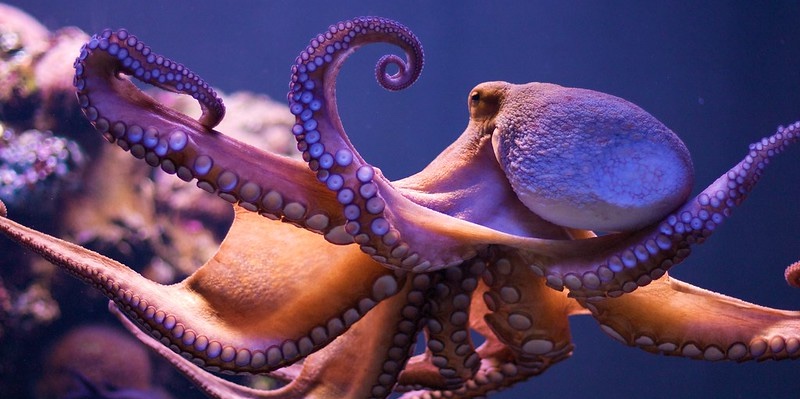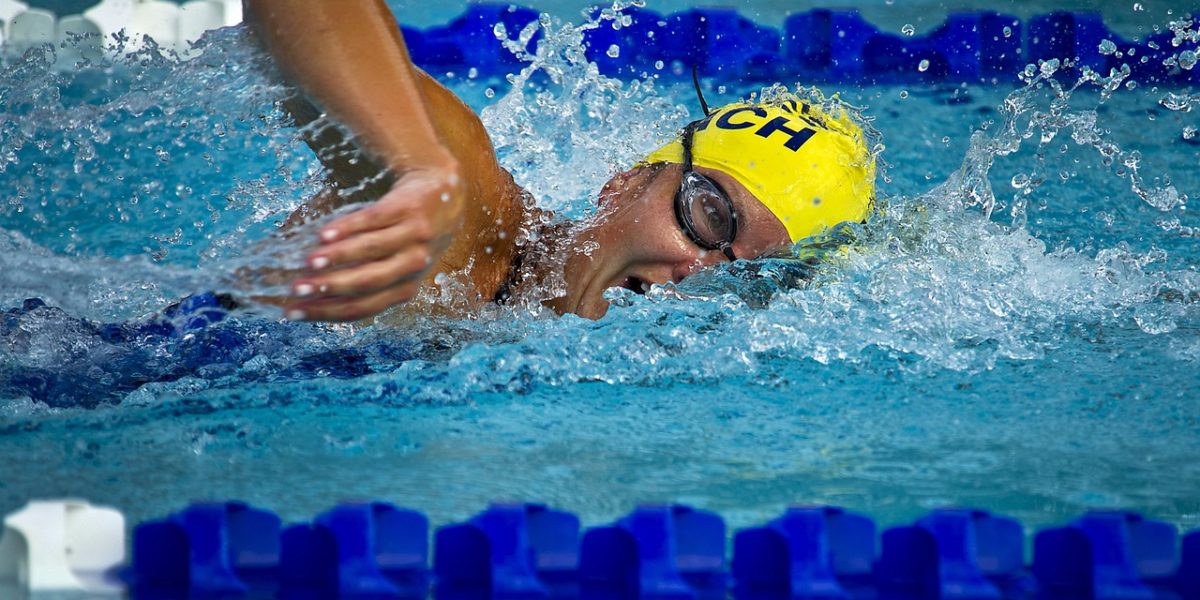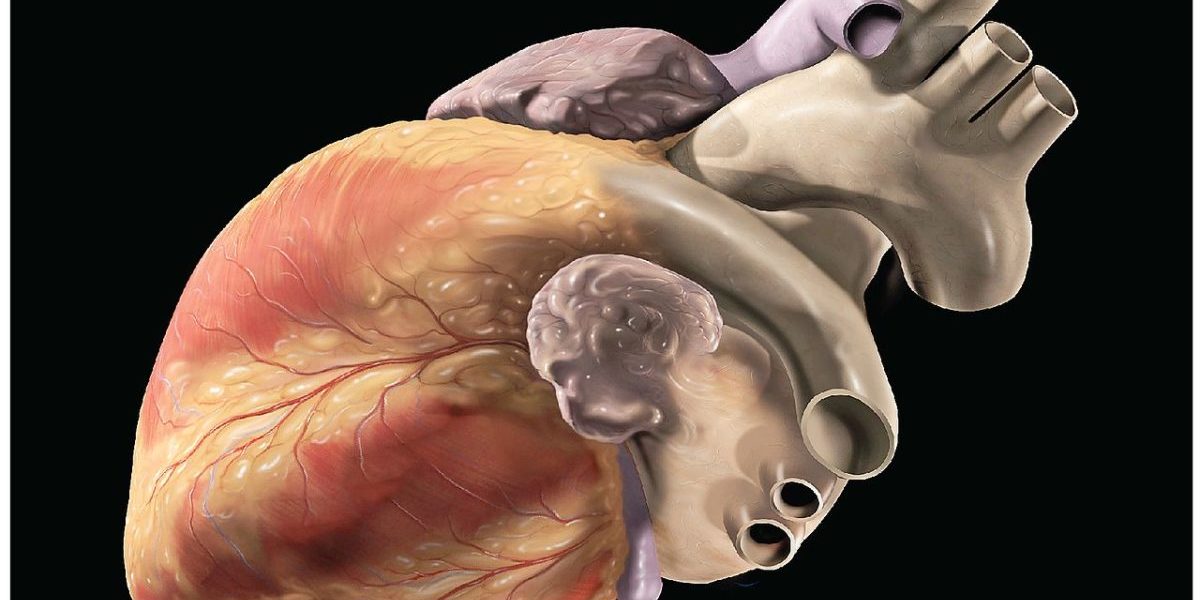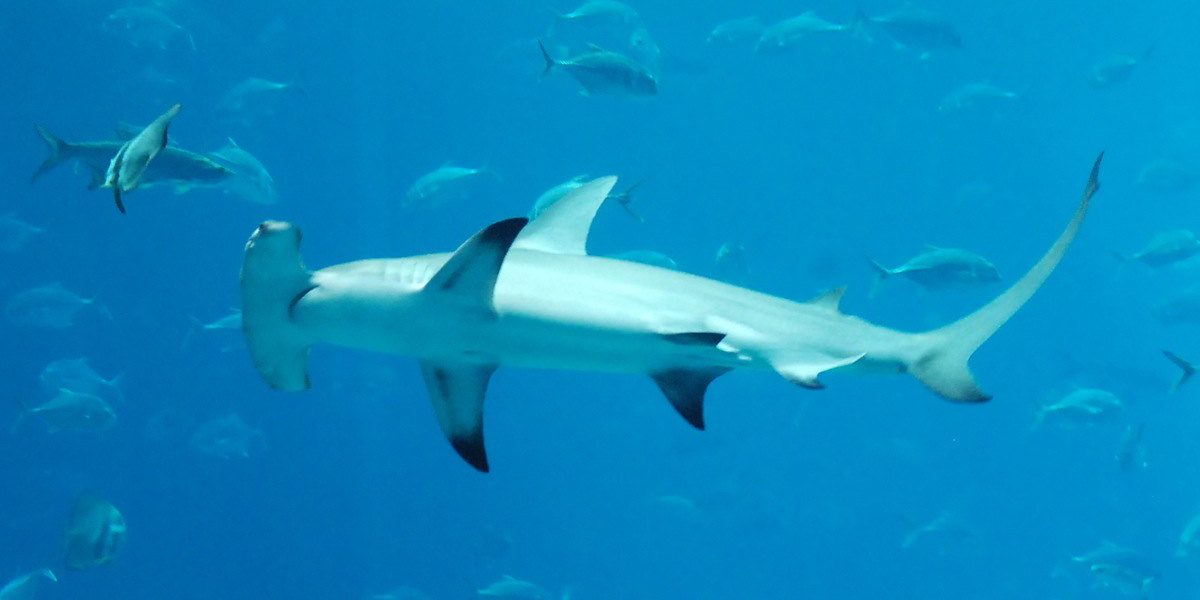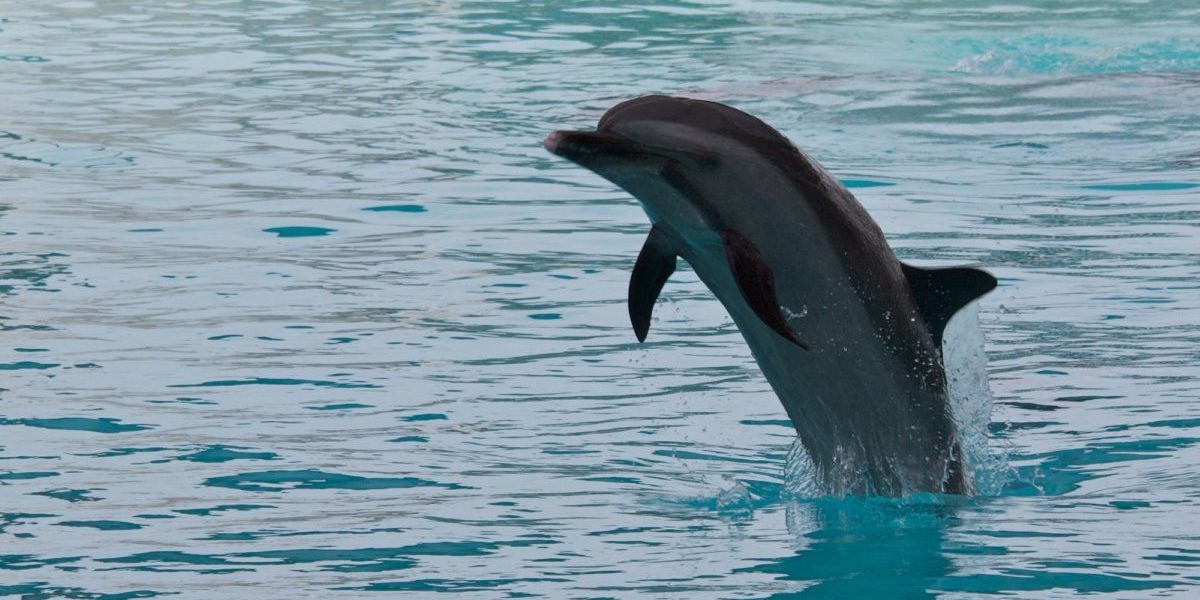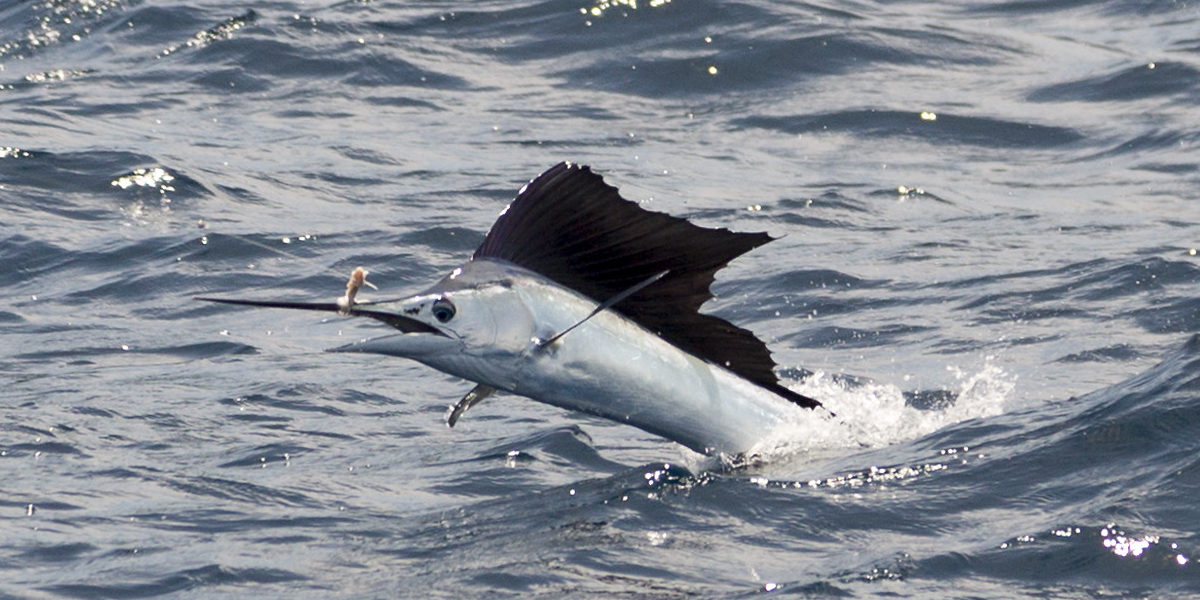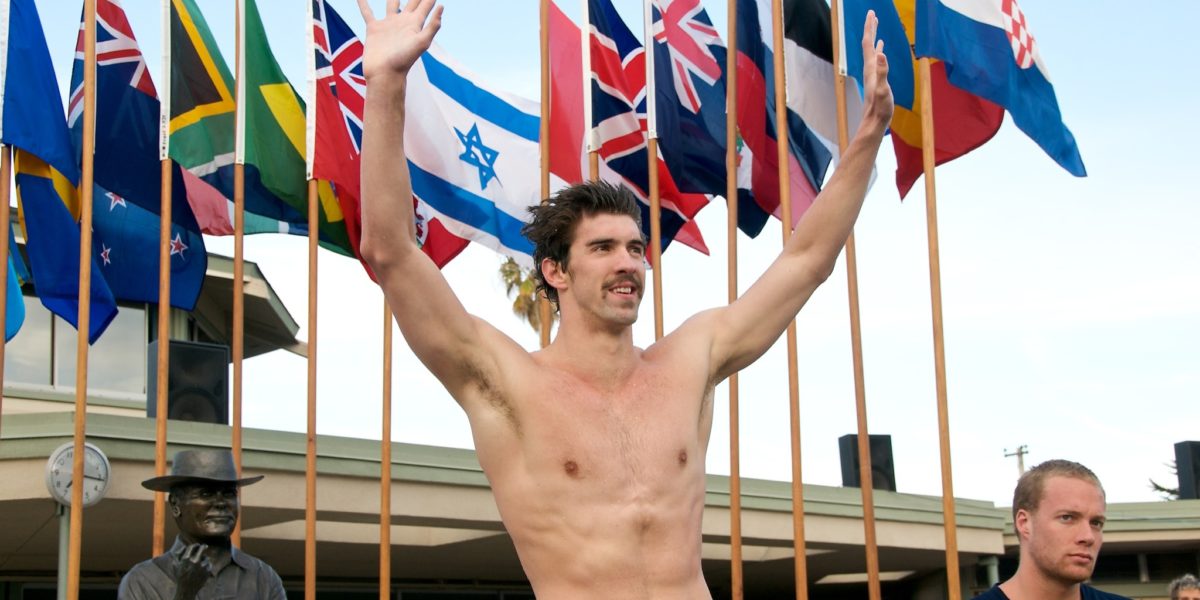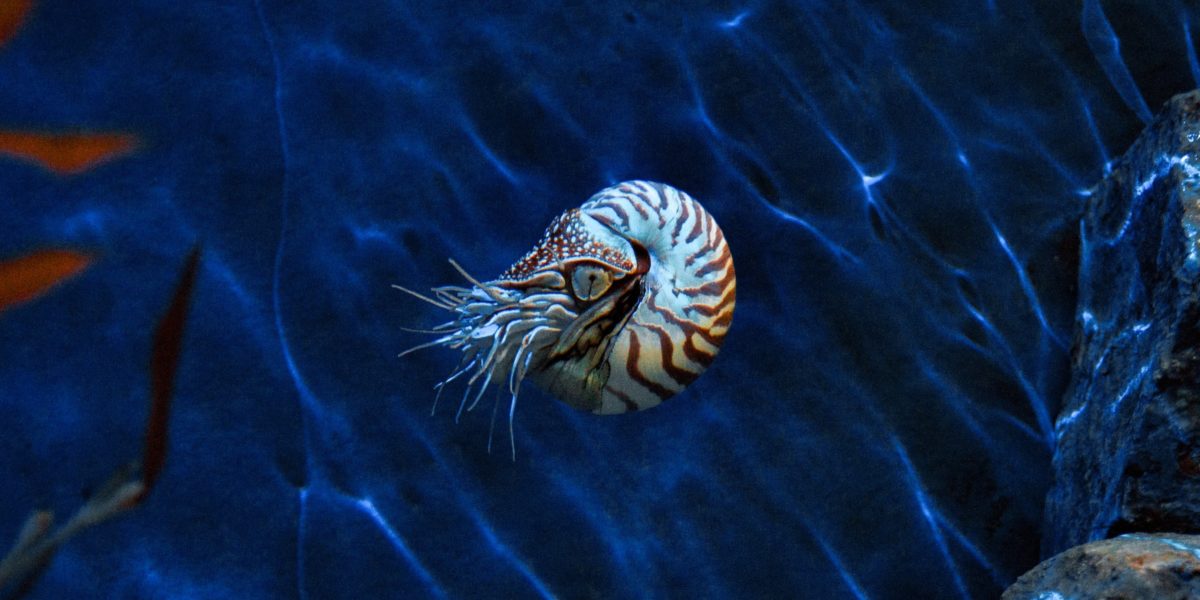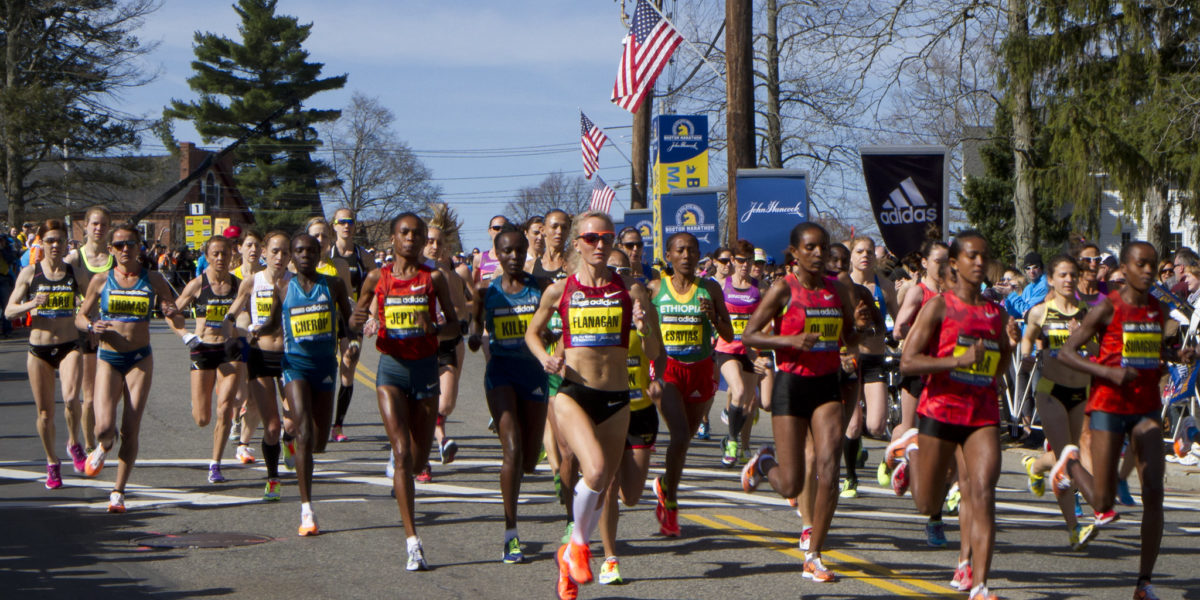Nine brains, eight arms, three hearts, and zero bones – what on Earth could be built like this? The answer… an Octopus!
The octopus is a creature that not only intrigues the avid scuba divers of the world but many in the science community. Often referred to as a “sea alien” – the octopus is a creature that contains extraterrestrial looks and abilities. Regardless of their size, octopuses can morph themselves into incredible shapes and sizes to allow themselves to squeeze through small spaces or expand to demonstrate strength against possible predators. The purpose of this paper is to explore the unique muscular and connective tissue structure of octopuses and how this allows them to do so many out-ofworldly abilities.
Continue reading “Aliens of the Ocean – How Can an Octopus Manipulate its Body So Well?”